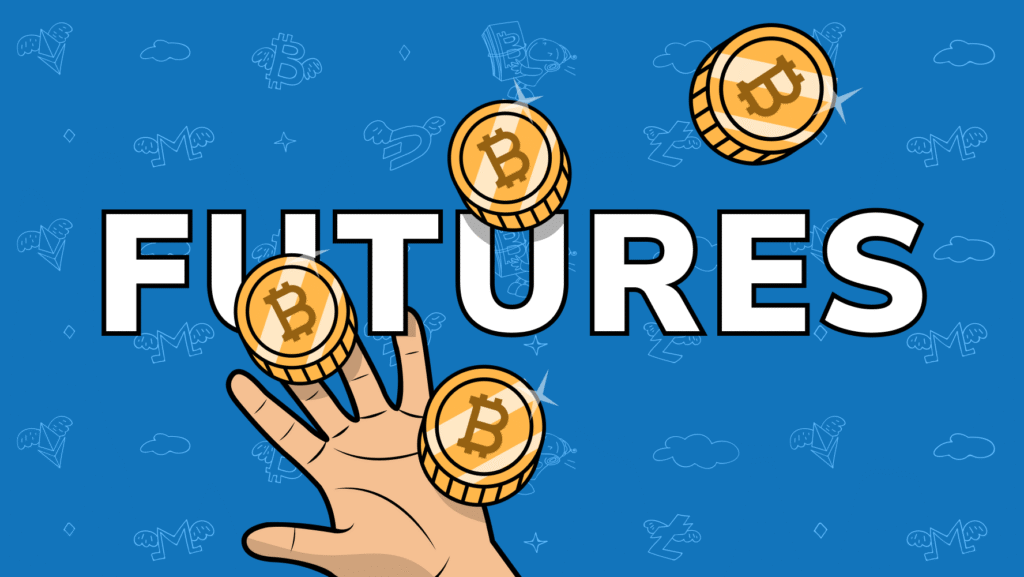
When most people begin investing, their first step is usually stocks or the spot market. Buying stocks means owning a share of a company, while spot trading involves buying or selling assets immediately at the current market price. But financial markets extend far beyond these basic forms of investing — one of the most powerful tools out there is futures trading.
A futures contract is an agreement to buy or sell an asset at a set price on a future date. Instead of exchanging the asset today, investors are betting on where prices will go tomorrow. This structure makes futures more than speculation tools — they are also widely used for risk management and hedging. To understand the basics, you can check out Investopedia’s guide on futures trading.
In recent years, cryptocurrency futures — such as Bitcoin perpetual contracts — have opened this market to retail investors worldwide. The main appeal is leverage, enabling traders to control large positions with relatively small capital. However, leverage is a double-edged sword: while it can amplify profits, it can just as quickly amplify losses.
What Is Futures Trading?
Futures trading is essentially a contract-based investment. Instead of owning the underlying asset, traders buy and sell contracts tied to the asset’s future price.
For example: A café owner worried about rising coffee prices and a farmer worried about falling prices could agree to trade at $100 next month. If coffee jumps to $120, the café owner benefits; if it drops to $80, the farmer does. This shows futures’ original purpose: hedging against volatility.
For beginners, the CME Group offers excellent educational resources that break down how futures contracts work in traditional markets.
Futures vs. Stocks vs. Spot Trading
Futures vs. Stocks vs. Spot Trading
Here’s how futures compare with more familiar types of investing:
- Stocks: Buying equity means owning part of a company, with gains via dividends or long-term appreciation.
- Spot market: Buying gold or Bitcoin in the spot market gives you immediate ownership.
- Futures: No ownership; you’re trading price expectations, not the asset itself.
A key distinction is leverage. Stocks and spot trading require paying the full value, but futures let you use margin — a smaller deposit that controls a much larger position. This is explained in detail in this futures market basics guide (PDF).
Another difference is expiration dates. Stocks and spot trades never expire, but most traditional futures do. In crypto, however, perpetual futures never expire and use a funding rate mechanism to balance long and short positions.
Leverage, Expiration, and the Pros and Cons of Futures
Leverage is the main attraction of futures trading. For example, a 1% move in price can translate to a 10% gain — or loss — if using 10× leverage. While enticing, it magnifies both benefits and risks. NerdWallet’s futures trading guide emphasizes how important it is to manage leverage carefully.
Expiration mechanics also matter. Traditional futures settle on a specific date, while perpetual contracts in crypto markets allow indefinite positions, as long as traders can handle ongoing funding fees.
Advantages of futures trading:
- Leverage: Control large positions with less capital.
- Two-way profit opportunities: Earn from both rising and falling markets.
- Hedging: Manage risk in your portfolio effectively.
Risks include:
Ongoing funding fees in perpetual contracts.
Rapid, amplified losses due to high leverage.
Complexity compared to stocks or spot.
Conclusion: Seeing Futures in the Right Light
Futures trading is not just about chasing fast profits. Its origins lie in hedging risk, and that purpose still holds today. While leverage makes futures attractive, beginners should approach them with caution and proper education.
Start small, learn how contracts work, and prioritize risk management. By recognizing that stocks and spot are about ownership, while futures are about price movement, you can use futures not just for speculation but also to build a stronger, more resilient portfolio.
If you want to dive deeper into futures trading, resources like Investopedia, CME Group, and Binance Futures are excellent starting points.
